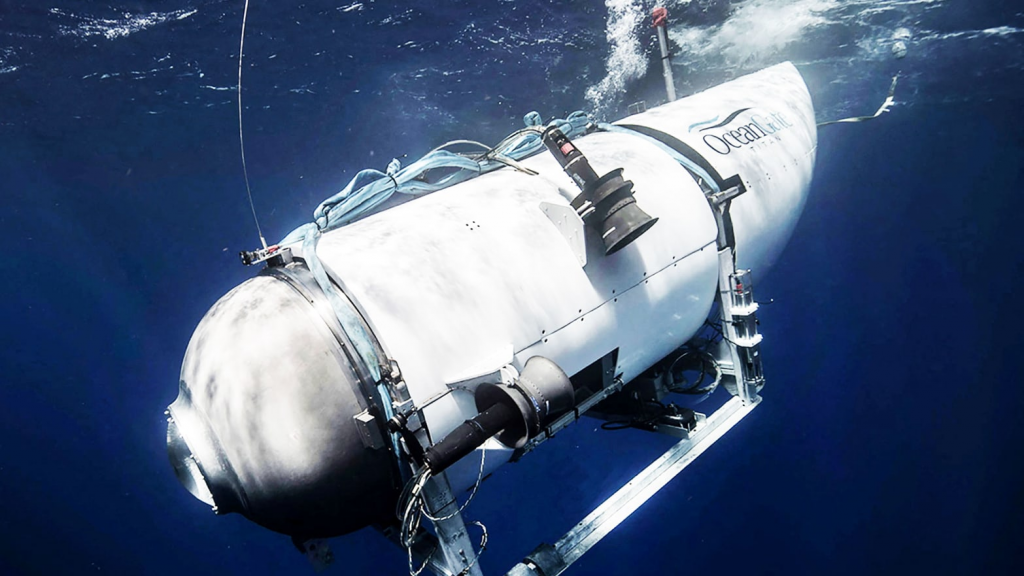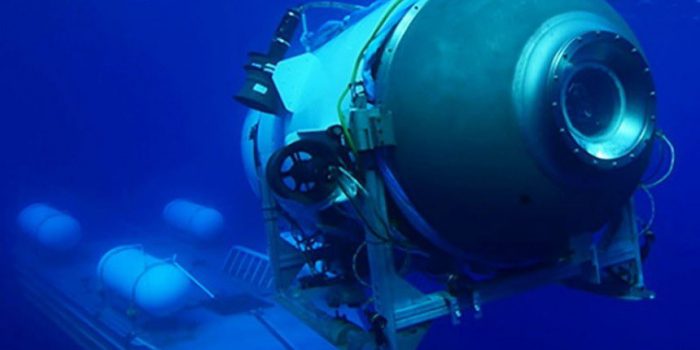In the aftermath of the tragic OceanGate submersible disaster, where all five passengers lost their lives, the alarming truth about the OceanGate CEO’s disregard for basic safety measures continues to emerge. As the pieces come together, it becomes clear that the submersible’s lack of essential location technology, which could have made recovery routine, was just one of many concerning revelations.
According to an expert interviewed by Inverse, the absence of fundamental location technology on the ill-fated submersible is deeply troubling. This missing technology, such as an independently powered acoustic pinger and a geolocation radio beacon, could have facilitated the recovery process, making it a routine task. Instead, the submersible’s journey to the Titanic wreck ended in a catastrophic implosion.
Oceanographer William Ryan, from Columbia University, revealed that recovering deep-sea instruments, ranging from the size of a living room chair to a living room couch is typically a straightforward endeavor when the precise position is known. The fact that the submersible lacked these standard technologies is a glaring fault for the operators, as Ryan pointed out.

While it may be argued that these specific tools wouldn’t have made a difference in the case of a catastrophic implosion, which experts believe caused the submersible’s demise, they would have played a vital role in potential scenarios such as power failure or entanglement in fishing nets. Including these standardized tools would have allowed rescue teams to swiftly locate the submersible, eliminating the need for a desperate race against time as the submersible’s air supply depleted.
Notably, Inverse reported a previous incident involving a remotely operated vehicle named Hercules, which went missing but was successfully recovered within a day thanks to the implementation of advanced location technology.

These revelations emerge alongside disturbing reports of OceanGate’s dismissal of a former employee who raised concerns in 2018 about subjecting passengers to extreme danger in the experimental submersible. This decision, coupled with the CEO’s audacious statement that safety was a “waste,” underscores a grave oversight on the part of OceanGate’s leadership. Tragically, the CEO, Stockton Rush, was among the five passengers onboard the ill-fated Titan.
This heartbreaking incident serves as a stark reminder that specific rules should never be bent or broken, especially when equipping oneself and the crew with essential life-saving measures


